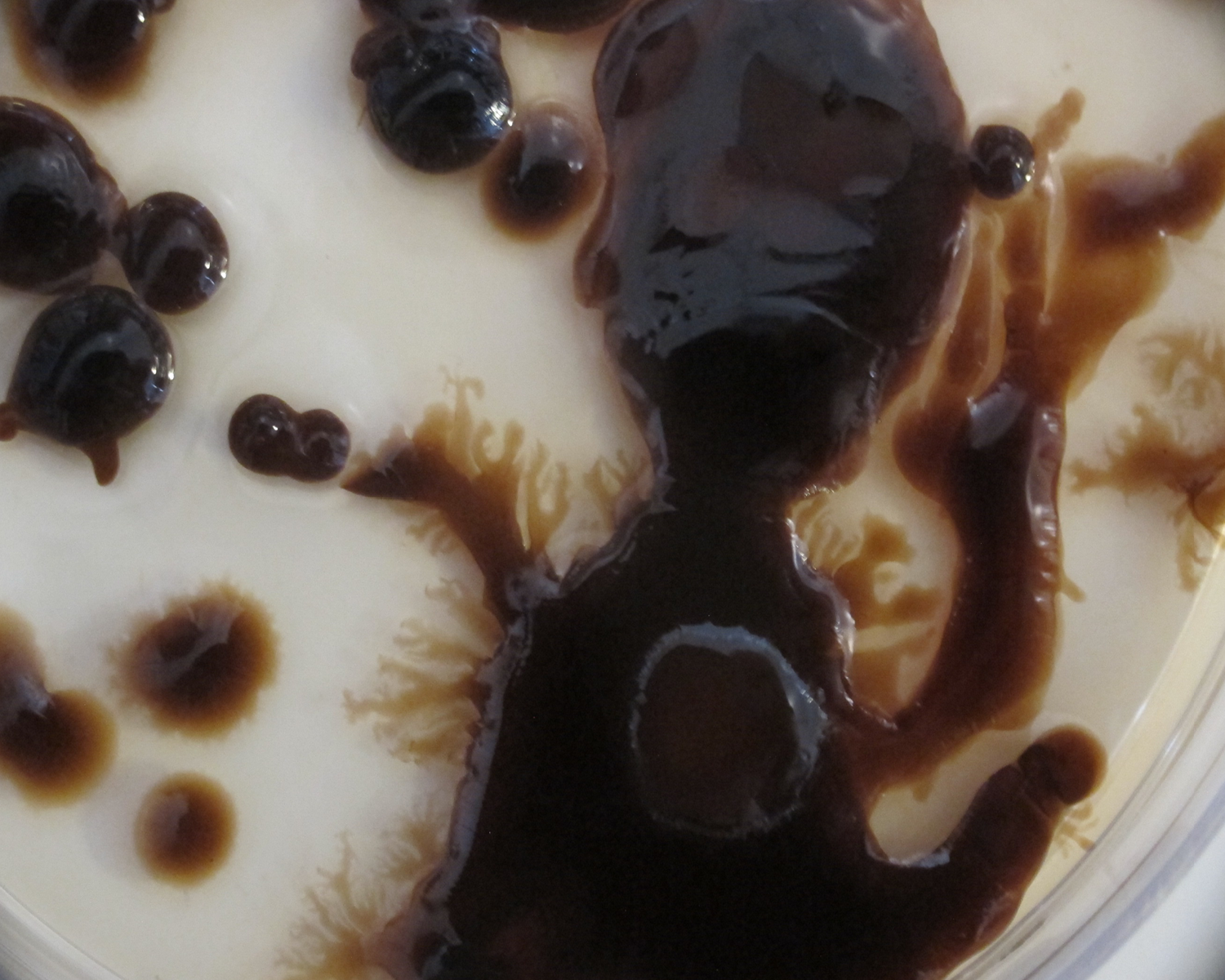CULTIVATING GELLS
WHAT IS A CULTIVATE GEL?
Our Gel materials are jelly-like substances that range from elastic and soft to brittle and stiff. Gels are mostly composed of liquid, but they behave like a solid due to a three-dimensional cross-linked network of molecule strings, or polymers within the liquid. The characteristics of this crossed-linked network determine the properties of the gel.
Gels have the ability to reversibly and dramatically swell or shrink due to small changes in their environment. Factors include pH, temperature and even electrical fields. This means that gels can also be used in areas where self-assembly might be required, to expand into hard-to-reach places, create molds or can even act as biosensors.
They can also be shaped into virtually any bulk surfaces for the creation of form or to add mass to a structure. They create excellent membranes to coat scaffold structures and are available in a range of colors and opacities. Lastly, due to an ability to expand or shrink, they can be used in responsive architectural applications or function as actuators in smaller products. This plasticity of gels allows endless possibilities in the design world.
HOW TO CULTIVATE GEL?
Algae are a vast, diverse group of eukaryotic organisms that share the ability to photosynthesize with plants, but do not share their morphology and are aquatic. Algae have been used for centuries for everything from food to fuel, and pigments to pollution control. But Cultivate’s relationship with algae is based on their ability to produce natural hydrocolloids or gels. In particular, the gels produced by macroalgae – or seaweed as they are more commonly known.
Seaweeds can be classified into three broad groups based on pigmentation: brown, red and green (Phaeophyceae, Rhodophyceae and Chlorophyceae respectively). Brown seaweeds are usually large and range from the giant kelp to thick, leather-like seaweeds. Red seaweeds are usually smaller and can also be purple or even brown. Green seaweeds are also small, with a similar size range to the red seaweeds.
The use of seaweed as food has been traced back to the fourth century in Japan and the sixth century in China. Today those two countries and the Republic of Korea are the largest consumers of seaweed as food.
Various red and brown seaweeds, that are called alginophytes, contain the substance called algin, a natural polysaccharide, found in the species cell walls. The algin is extracted and used in various gel types depending on the species of Algae.
Species we collaborate with:
- Chondrus Crispus
- Laminaria Digitata
- Sphingomonas Elodea
Gel’s shape-shifting ability gives it great potential in the following applications:
- As both solid and liquid states, and a range of viscosities in between In an application that requires expansion or contraction
- It can be used to create form or shape
- It produces a thin film for membranes, or thick mass for fills
- It creates fibres for fabric
Glossary:
Polymer: A polymer is a large molecule, or macromolecule, composed of many repeated subunits. Because of their broad range of properties, both synthetic and natural polymers play an essential and ubiquitous role in everyday life. Polymers range from familiar synthetic plastics such as polystyrene to natural biopolymers such as DNA and proteins that are fundamental to biological structure and function. Their consequently large molecular mass relative to small molecule compounds produces unique physical properties including toughness, viscoelasticity, and a tendency to form glasses and semi crystalline structures rather than crystals.
Hydrocolloid: A hydrocolloid is a non-crystalline substance with very large molecules and which dissolves in water to give a thickened (viscous)





